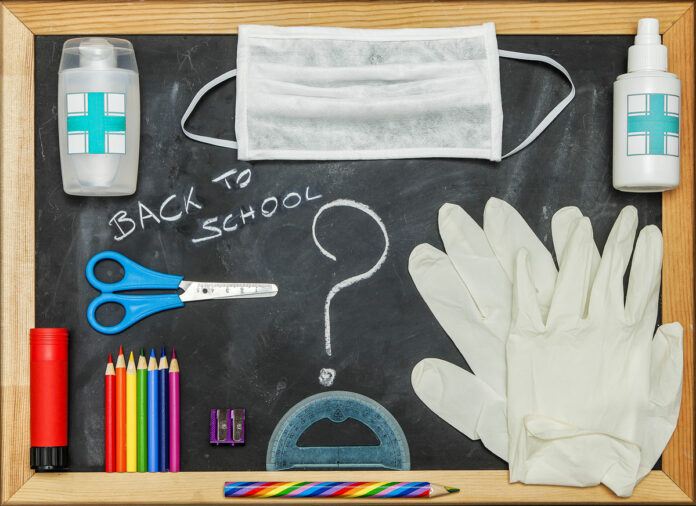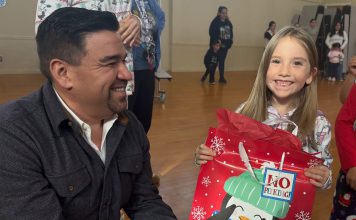MONTEREY COUNTY — Monterey County Office of Education Superintendent Deneen Guss spoke at King City Rotary Club’s virtual luncheon Oct. 21 to discuss how area schools have dealt with distance learning during the Covid-19 shutdowns.
Guss reflected on the journey from the onset of shutdowns, as the first response was to hand out packets and solving fears over possible infections with the return of packets. She recalled how schools all planned for reopening before the end of the prior academic year, only for California to implement a return to more restrictive shutdowns and dash the plans for reopening in the current academic year.
One of the largest problems from the prior year is ongoing this year, the digital divide of students and their families either not having access to electronic devices or access to an internet connection. The local divide between those with access and those without was summarized in a single photo that went viral and brought national attention on a statewide problem, but took place within Monterey County.
“These huge needs were amplified when the ‘Taco Bell Girls’ went out on the internet,” Guss said. “Two little girls sitting out in front of the Taco Bell in Salinas, trying to do their distance learning. In their laps they had their Chromebooks the school issued to them. But they didn’t have internet connectivity. They were trying to get the free Wi-Fi just so they could do their distance learning.”
Monterey County Supervisor Luis Alejo spoke on CNN as a result of the national attention.
“It was just a heart-breaking picture of the digital divide and the needs that we have,” Guss said. “It’s amplified in some areas of the county more than others and is a huge issue that we’re still trying to solve.”
The ever-changing need for computers has been something the county has been tracking.
Guss said that in March, when the shutdown first happened and distance learning models were first implemented, Monterey County had a total of 9,839 students who not only didn’t have a device, but were in schools that couldn’t afford to check out a device to them. There were also 11,291 students without the appropriate levels of internet connectivity to complete assignments.
Those numbers have steadily been going down. In August, 8,256 students were still without access to computers or tablets and 10,700 were without an internet connection. Because of efforts by local districts, those numbers have decreased to 1,120 total students in Monterey County without access to a device and 1,082 without access to the internet.
In addition to mere lack of access, the numbers of students in need shifts everyday due to devices being damaged or broken.
“On any given day, the number of devices we need or the internet issues tend to change,” Guss said.
The reason for the positive change in numbers was a result of CARES funding, Guss explained. She also credited community donations to area schools with helping to close the divide. But, there are still many students in need.
“We have already raised over $2 million to purchase devices and help with internet connectivity issues,” Guss said. “We’re about $1 million shy of the goal and ensuring that every student has a device and every student has that internet connectivity.”
The digital divide not only hits local students in Monterey County, but also is a statewide and nationwide issue.
“Schools are having to take on roles that we never ever thought we would be talking about,” Guss said.
While the divide is a concern for providing instruction to students, school employees must also ensure they maintain a safe environment.
Guss talked about the importance of surveillance testing to control Covid-19 infections at campuses, and the material costs for testing taken on by the state.
“No matter what, whether we have to stay in distance learning, or we open our schools in a hybrid model, or we come back in whatever way we need to come back to keep everyone healthy and safe, we’re going to do what it takes,” Guss said. “Schools are committed to getting back to some kind of normalcy and making sure our students’ needs are met.”
Guss added that she has heard from some families that distance learning is working for their students.
“There are lots of unknowns, lots of uncertainty, which of course makes all of us educators very nervous,” she said. “But we are very focused on how do we ensure the safety of our students, how do we ensure the safety of our staff, and how do we make sure all student needs are met? That’s what we’re focusing on each and every day.”















